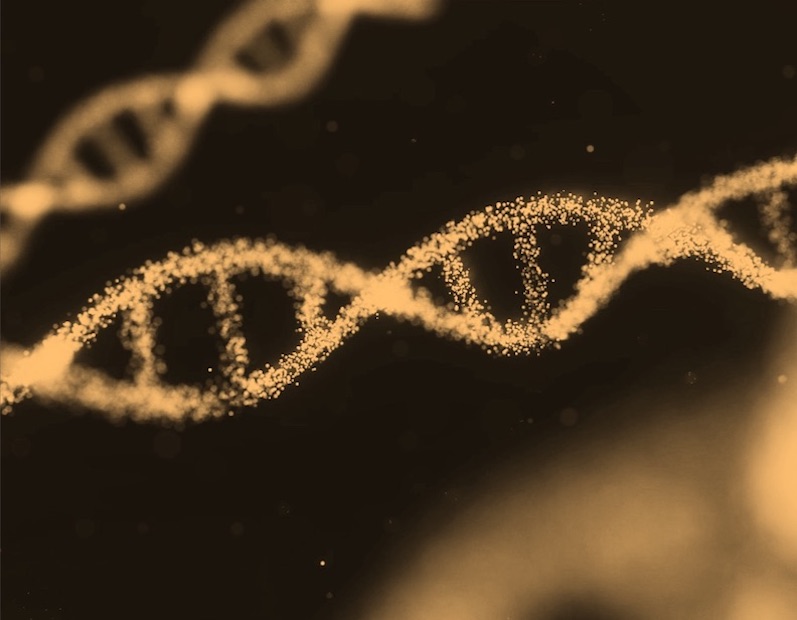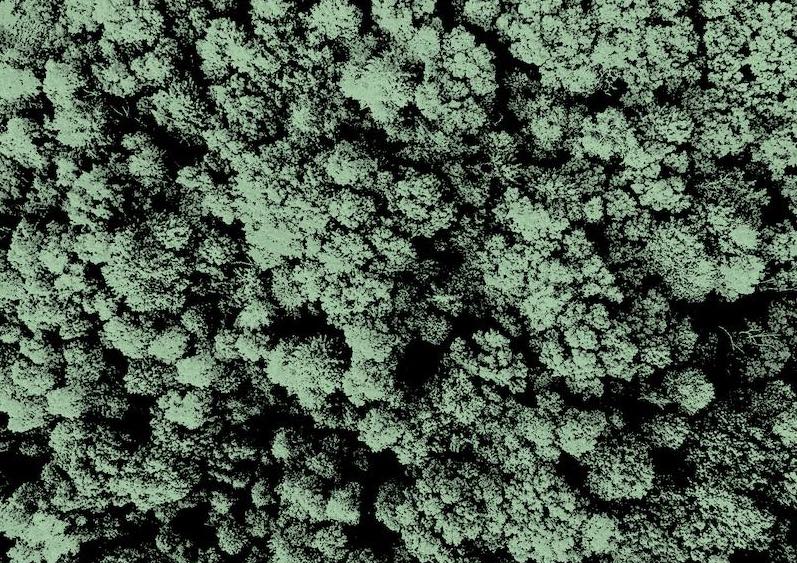What is it about?
Psychedelic-Assisted Psychotherapy (PAP) is an innovative and exciting approach to mental health treatment that's recently been receiving increased attention. By combining traditional therapeutic methods with carefully controlled psychedelic substances, like psilocybin or MDMA, PAP offers new possibilities for profound emotional healing and personal growth. In our paper, we explore the unique relationships and ethical challenges presented by PAP. Unlike standard treatments, where medication and therapy often act separately, PAP uses psychedelics to temporarily shift the patient's consciousness. This shift creates a special "window of opportunity," allowing individuals to confront and work through deep-seated beliefs and emotions that contribute to their suffering. Central to this approach is the therapist's role in guiding the experience. Therapists are not passive observers—they actively shape the therapeutic environment, influencing both the patient's mindset and surroundings. However, during the psychedelic session itself, their role may shift towards a more supportive, rather than directive, presence similar to what is known in some contexts as a "trip sitter." We also discuss other guiding figures, such as shamans or underground psychedelic healers, highlighting how these roles differ significantly in their approach and objectives. This comparison raises important questions about the appropriate boundaries and level of influence therapists should maintain during psychedelic experiences. Additionally, we consider the potential advantages and risks of therapists having their own psychedelic experiences as part of their training. While personal experiences can increase empathy and understanding, there's also a risk that therapists might inadvertently influence their patients’ experiences or lose objectivity. Ultimately, our work emphasizes the need for thoughtful ethical guidelines, informed both by established psychotherapeutic practices and the experiences of communities who have long worked with psychedelics. Addressing these considerations will be essential for safely and effectively integrating psychedelic substances into therapeutic contexts.
Featured Image

Photo by Jr Korpa on Unsplash
Why is it important?
This work is important because it bridges traditional psychotherapy with innovative psychedelic treatments, offering new pathways for healing complex mental health conditions while addressing critical ethical and practical guidelines to ensure patient safety and effective care.
Read the Original
This page is a summary of: Therapist, Trip Sitter Or Guide? A Second-Person Perspective on Psychedelic-Assisted Psychotherapy, January 2024, Springer Science + Business Media,
DOI: 10.1007/978-3-031-65790-0_25.
You can read the full text:
Contributors
The following have contributed to this page







